Time Period: Early Twentieth Century (1901 - 1940) - Starting with S
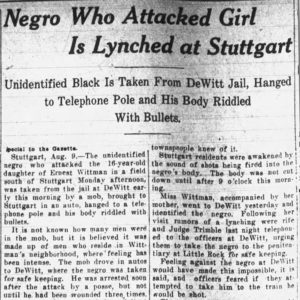 Stuttgart Lynching Article
Stuttgart Lynching Article
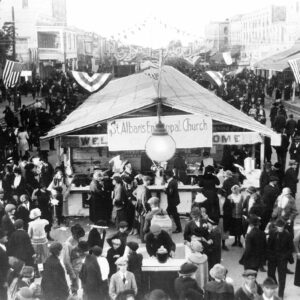 Stuttgart Rice Carnival
Stuttgart Rice Carnival
 Stuttgart Rice Field
Stuttgart Rice Field
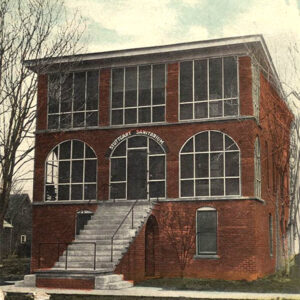 Stuttgart Sanitarium
Stuttgart Sanitarium
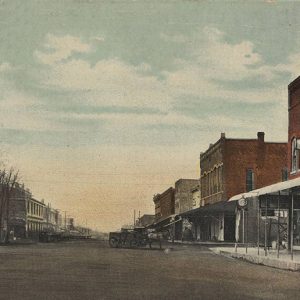 Stuttgart Street Scene
Stuttgart Street Scene
 Stuttgart Street Scene
Stuttgart Street Scene
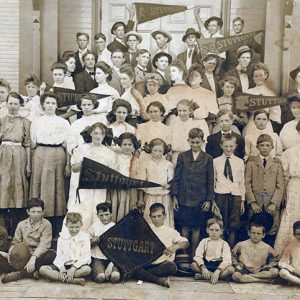 Stuttgart Training School Students and Teachers
Stuttgart Training School Students and Teachers
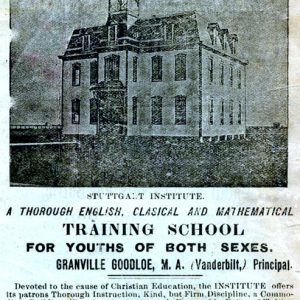 STS Advertisement
STS Advertisement
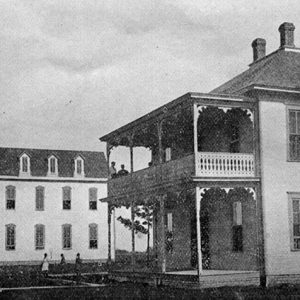 Stuttgart Training School Buildings
Stuttgart Training School Buildings
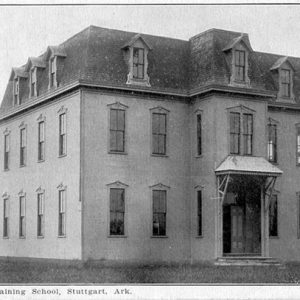 STS Postcard
STS Postcard
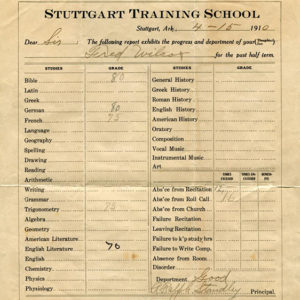 STS Report Card
STS Report Card
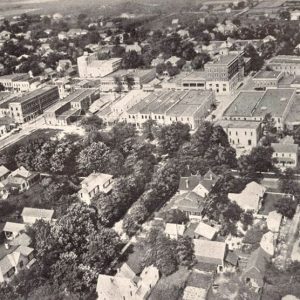 Stuttgart View
Stuttgart View
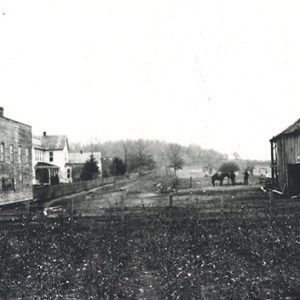 Spielerville
Spielerville
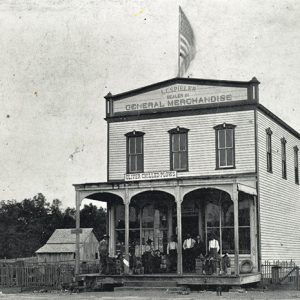 Spieler General Store
Spieler General Store
Subiaco Abbey and Academy
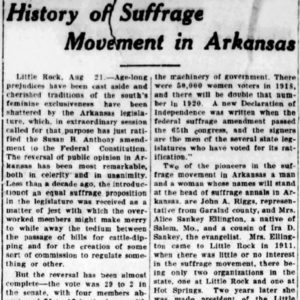 Suffrage Article
Suffrage Article
Sugar Creek Vista and Buckeye Overlooks
aka: Buckeye and Sugar Creek Vista Overlooks
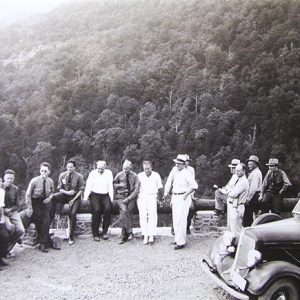 Sugar Creek Vista Overlook
Sugar Creek Vista Overlook
 Sugar Creek Vista Overlook
Sugar Creek Vista Overlook
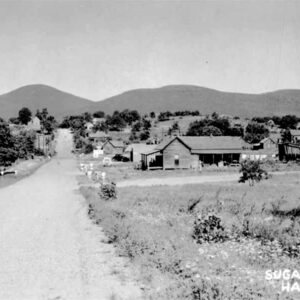 Sugar Loaf Mountain
Sugar Loaf Mountain
Sullivan, Walter (Lynching of)
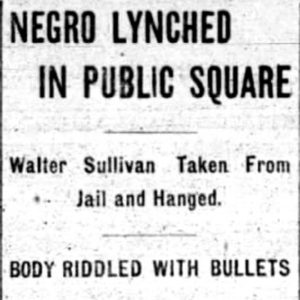 Sullivan Lynching Article
Sullivan Lynching Article
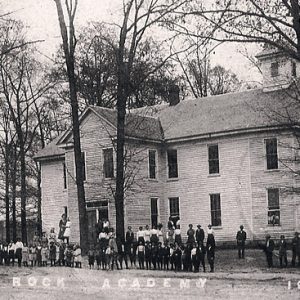 Sulphur Rock Academy
Sulphur Rock Academy
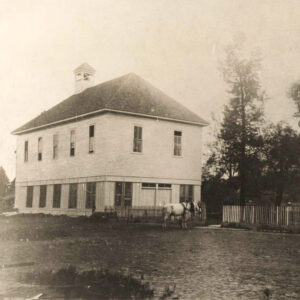 Sulphur Rock City Hall
Sulphur Rock City Hall
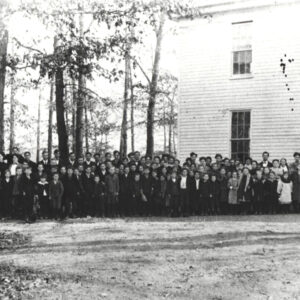 Sulphur Rock School
Sulphur Rock School
Sulphur Rock Street Car
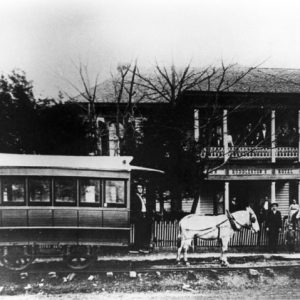 Sulphur Rock Street Car
Sulphur Rock Street Car
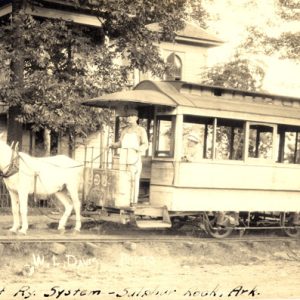 Sulphur Rock Street Car
Sulphur Rock Street Car
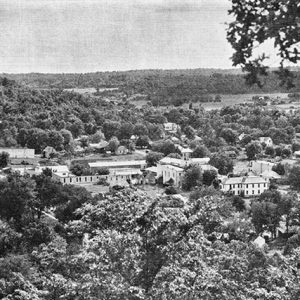 Sulphur Springs
Sulphur Springs
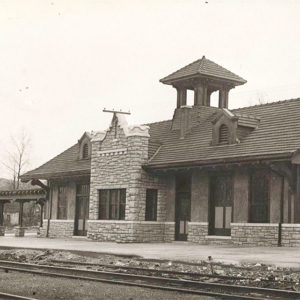 Sulphur Springs Depot
Sulphur Springs Depot
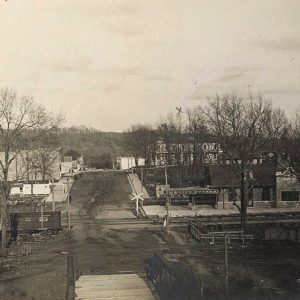 Sulphur Springs Street Scene
Sulphur Springs Street Scene
 Sulphur Springs Street Scene
Sulphur Springs Street Scene
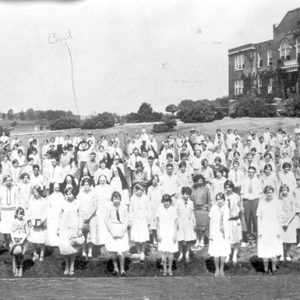 Summer Session at First District A&M
Summer Session at First District A&M
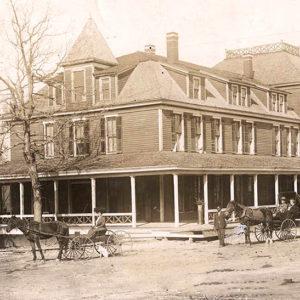 Summit Park Hotel
Summit Park Hotel
Sumner, Francis Cecil
 Sundown Town Flyer
Sundown Town Flyer
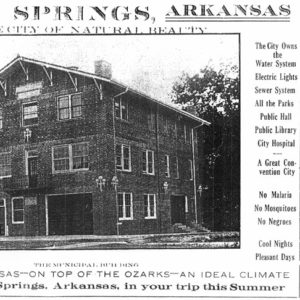 Sundown Town Flyer
Sundown Town Flyer
 Sundown Town Map
Sundown Town Map
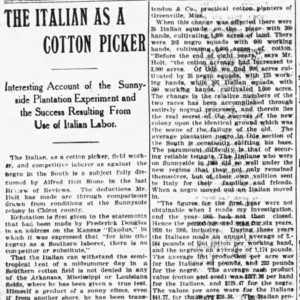 Sunnyside Plantation Article
Sunnyside Plantation Article
Sunset Hotel
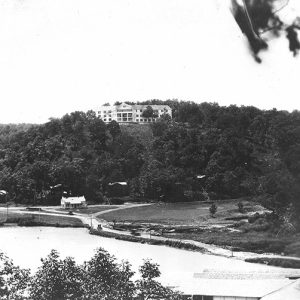 Sunset Hotel
Sunset Hotel
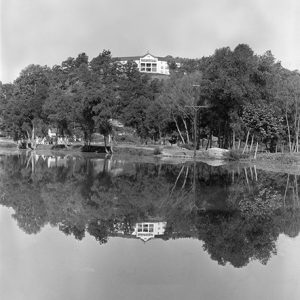 Sunset Hotel
Sunset Hotel
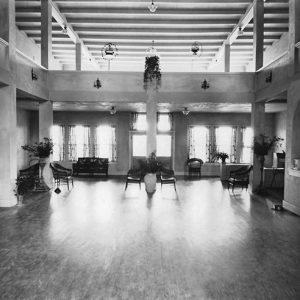 Sunset Hotel Lobby
Sunset Hotel Lobby
 Sunset Hotel Waiter
Sunset Hotel Waiter
 Support Cable
Support Cable
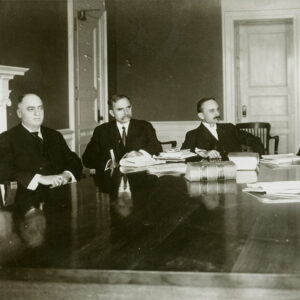 Supreme Court Members
Supreme Court Members
Supreme Royal Circle of Friends of the World
aka: Royal Circle of Friends
 Sweet Potato Harvest
Sweet Potato Harvest
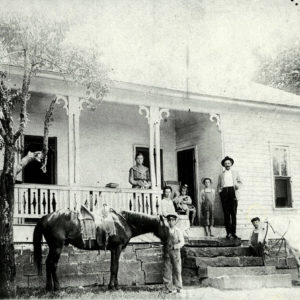 Swift House
Swift House




